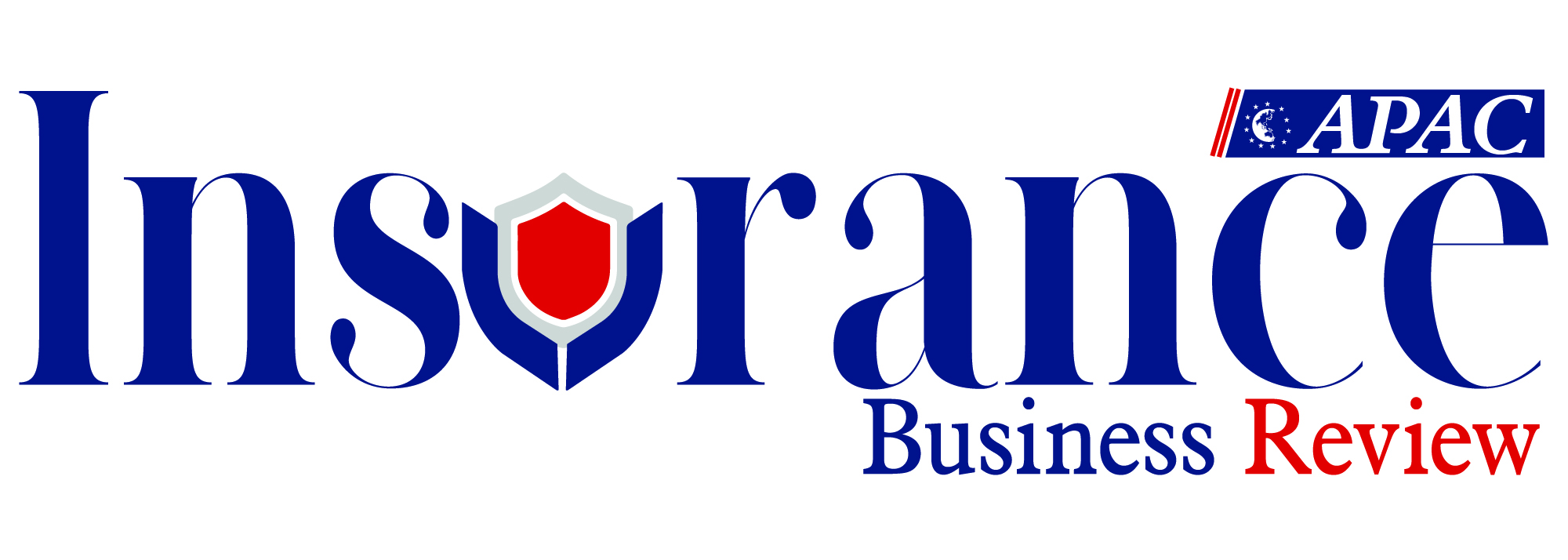Thank you for Subscribing to Insurance Business Review Weekly Brief
Approaching Investing in MGAs and its Role in the Value Chain
After concentrating on insurance industry intermediates for more than a decade, particularly retail brokerages, managing general agents (MGAs)

By
Insurance Business Review | Tuesday, April 18, 2023
Stay ahead of the industry with exclusive feature stories on the top companies, expert insights and the latest news delivered straight to your inbox. Subscribe today.
Investors can better identify opportunities if they better understand how managing general agents interact with the supply chain.
After concentrating on insurance industry intermediates for more than a decade, particularly retail brokerages, managing general agents (MGAs) have captured the interest of investors in the United States and Europe as another intriguing niche play. In the past two years, private equity investment in MGAs has increased, making each deal more competitive and driving valuations higher.
Investors are interested in learning how MGAs fit into the insurance ecosystem, how they vary from other insurance intermediaries like retail brokers and wholesalers, and how MGAs stack up as an investment opportunity.
Insureds: In the value chain of insurance distribution, MGAs may be crucial players. They frequently act as a bridge between insurance companies and other intermediaries like retail or wholesale brokers, offering a special value proposition to all parties. MGAs frequently connect with insurance companies specializing in certain types of risks and business. Retail brokers can increase the number of insurance companies from whom the ultimate client can choose to purchase insurance. MGAs' experience in their specialized fields aids brokers in properly structuring risk for insureds. Due to the absence of legacy placement platforms in other parts of the industry, MGAs can also increase the efficiency of the value chain. Because they are frequently smaller, younger, and free of the operational complications seen at insurance carriers, MGAs also frequently have lean operations. To improve the efficiency of the binding and policy management procedures, they could also provide improved technology for quoting, policy, or claims administration.
Challenges: The ability of MGAs to use their specialized underwriting abilities and market knowledge to new, developing risks is one of their key value propositions. Casinos on Native American reservations, marijuana, transactional liability insurance for smaller businesses, and cyber risk are a few examples of these new hazards. The rapidly expanding cyber-insurance industry results from the increased number, intensity, and continuous dangers of cyberattacks. Within the next five years, the market for cyber insurance is anticipated to increase from around USD 6 billion in premiums to more than USD 20 billion. As a result, many MGAs focusing on cyberspace have appeared, boasting greater risk detection and mitigation. Specialty coverage in personal lines is another area where MGAs are becoming more active. This improves client satisfaction, underwriting quality, and access to niche risks for MGAs' capacity backers. One illustration of this is pet insurance, where top companies in the UK and the US use the MGA model.
Flexibility: Digital MGAs have been more prevalent over the past few years, with considerable venture capital financing. These frequently cater to certain end users, such as homes and small companies, and offer particular insurance lines, such as pet, vehicle, homeowners, and small commercial insurance. Although many digital MGAs began as MGAs backed by reinsurers and insurance companies, we have seen numerous instances of digital MGAs keeping some of the risks on their balance sheets, frequently through the acquisition of a partner insurer, allowing them to have some control over the capacity they place. Many insurance companies still partner with other insurance companies to maintain flexibility, particularly in accepted lines.
Inflation: Some insurance companies have started to limit balance sheet capacity in the present environment of substantial claims inflation across many lines of business, which has divided the fortunes of MGAs. Certain asset sectors, such as cyber or real estate, vulnerable to catastrophe, have led several MGAs to leave the market or scale back their participation. Others have begun to investigate raising their own money to take on a portion of the balance sheet previously provided by insurers, essentially incorporating verticals into their business models. Additionally, they could use alternate sources of funding like pension funds. However, this action has important ramifications for MGAs' general operating model, risk management, and investment capacities. However, this verticalization has increased MGAs' capability and resilience.
MGAs offer private equity investors exposure to pockets of the insurance ecosystem that don't require balance sheets, resemblances to well-known private equity insurance investments like retail brokerage, and margin expansion through cutting-edge analytics and technological innovation. But because so many others have already seen the possibility, serious rivalry exists for valuable assets. This implies that when approaching MGAs, investors must be confident to offer an aggressive value-creation plan.
More in News






